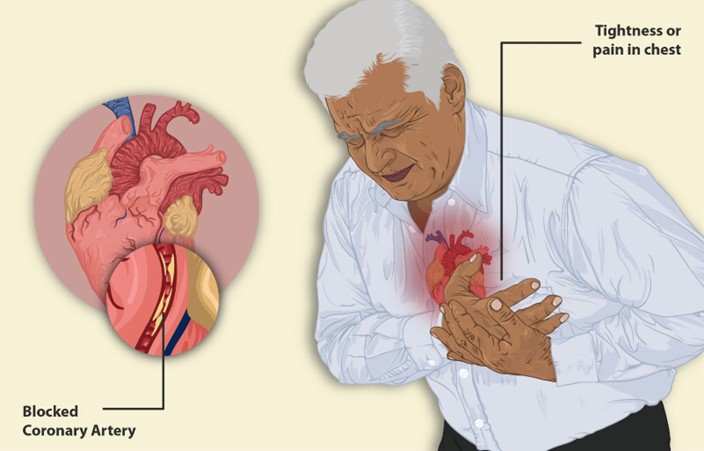A nurse is triaging victims of a multiple motor-vehicle crash. The nurse assesses a client trapped under a car who is apneic and has a weak pulse at 120/min. After repositioning his upper airway, the client remains apneic. Which of the following actions should the nurse take?
Place a black tag on the client’s upper body and atempt to help the next client in need.
Start CPR
Place a red tag on the client’s upper body and obtain immediate help from other personnel.
Reposition the client's upper airway a second time before assessing his respirations.
The Correct Answer is A
The correct answer is: a. Place a black tag on the client’s upper body and attempt to help the next client in need.
Choice A: Place a black tag on the client’s upper body and attempt to help the next client in need.
In mass casualty incidents, the START (Simple Triage and Rapid Treatment) triage system is often used. According to this system, if a patient is apneic (not breathing) and does not resume breathing after repositioning the airway, they are considered deceased or non-salvageable and should be tagged with a black tag. This allows the nurse to focus on other victims who have a higher chance of survival.
Choice B: Start CPR
While starting CPR might seem appropriate in a normal setting, during a mass casualty incident, resources and time are limited. The priority is to save as many lives as possible. Performing CPR on an apneic patient with a weak pulse would take significant time and resources that could be used to help other victims with a higher chance of survival.
Choice C: Place a red tag on the client’s upper body and obtain immediate help from other personnel.
A red tag is used for patients who need immediate care and have a high chance of survival if treated promptly. Since the client remains apneic even after repositioning the airway, they do not meet the criteria for a red tag.
Choice D: Reposition the client’s upper airway a second time before assessing his respirations.
Repositioning the airway a second time is not recommended in the START triage system. If the patient does not resume breathing after the initial repositioning, they are considered non-salvageable.
Nursing Test Bank
Naxlex Comprehensive Predictor Exams
Related Questions
Correct Answer is D
Explanation
Choice A Reason: This is incorrect. Anginal pain usually lasts less than 20 min and subsides with rest or medication. Pain that lasts longer than 20 min may indicate a myocardial infarction.
Choice B Reason: This is incorrect. Anginal pain usually responds to rest and organic nitrates, such as nitroglycerin. Pain that does not improve with these measures may indicate unstable angina or a myocardial infarction.
Choice C Reason: This is incorrect. Anginal pain is not affected by the position of the client. Pain that is relieved by sitting up may indicate pericarditis or pleurisy.
Choice D Reason: This is correct. Anginal pain is caused by a temporary imbalance between the oxygen demand and supply of the myocardium. Factors that increase the oxygen demand, such as exertion, anxiety, cold, or heavy meals, can trigger anginal pain.

Correct Answer is B
Explanation
Choice a) is incorrect because troponin is not an enzyme, but a protein. Enzymes are molecules that speed up chemical reactions in the body. Troponin does not have this function.
Choice b) is correct because troponin is a protein that binds to calcium and regulates the contraction of heart muscle fibers. When the heart muscle is injured, such as in a myocardial infarction, troponin leaks into the bloodstream and can be detected by a blood test. The higher the level of troponin, the more severe the damage to the heart.
Choice c) is incorrect because troponin does not help transport oxygen throughout the body. That function is performed by hemoglobin, which is a protein found in red blood cells.
Choice d) is incorrect because troponin is not a lipid, but a protein. Lipids are fats that are used for energy storage and cell membrane formation. Troponin does not have these roles.
Whether you are a student looking to ace your exams or a practicing nurse seeking to enhance your expertise , our nursing education contents will empower you with the confidence and competence to make a difference in the lives of patients and become a respected leader in the healthcare field.
Visit Naxlex, invest in your future and unlock endless possibilities with our unparalleled nursing education contents today
Report Wrong Answer on the Current Question
Do you disagree with the answer? If yes, what is your expected answer? Explain.
Kindly be descriptive with the issue you are facing.
